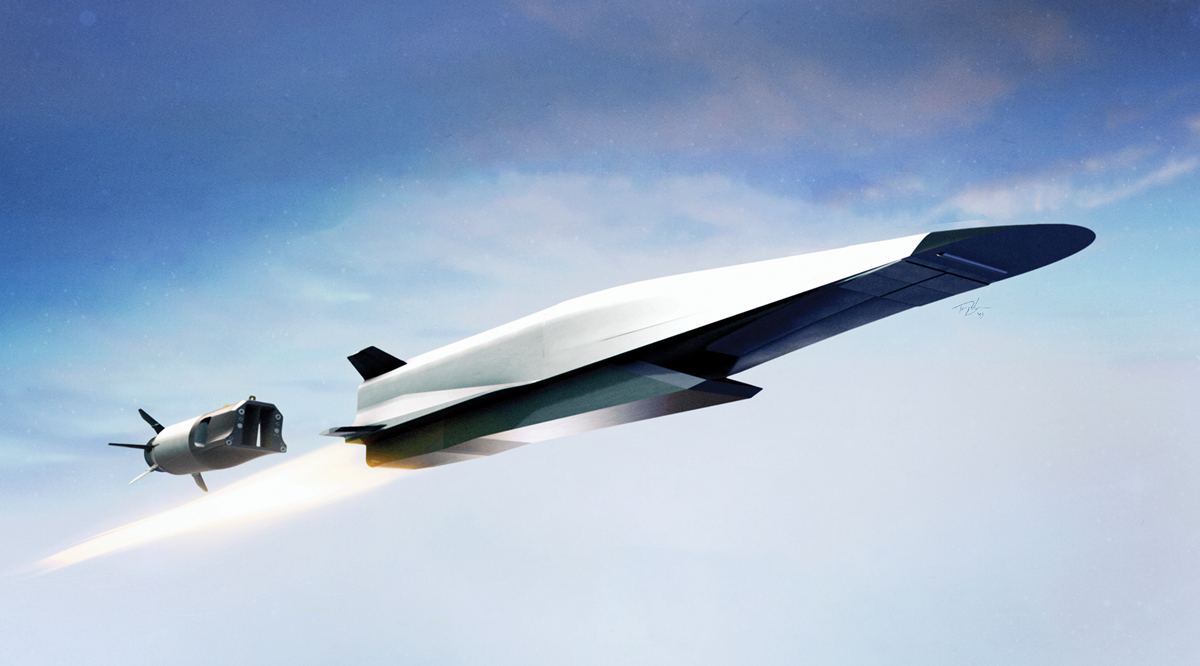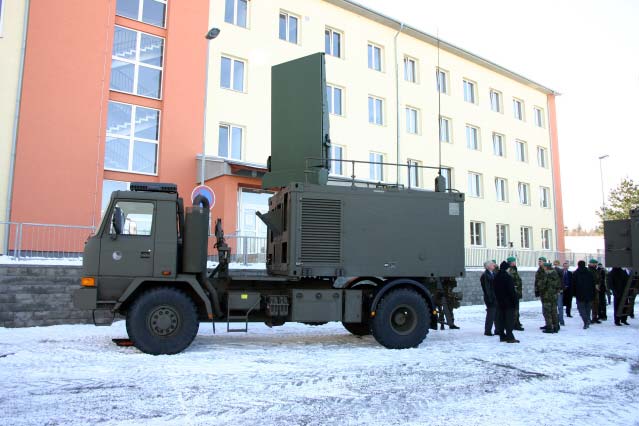Table of Contents
ToggleWhat does Hypersonic Mean?
In aerodynamics, a hypersonic speed is one that exceeds 5 times the speed of sound, often stated as starting at speeds of Mach 5 and above. For aircraft speeds that are much greater than the speed of sound, the aircraft is said to be hypersonic. Typical speeds for hypersonic aircraft are greater than 3000 mph and Mach number M greater than five, M > 5.
An article published by the Russian International Affairs Council states that ‘there are two major defining characteristics [that] are prerequisite[s] to label a weapon “hypersonic”: Speed exceeding Mach 5 [and the] capability to make maneuvers (both vertical and horizontal) while traveling at this speed inside the atmosphere.’ Many ballistic missiles fall outside of the definition since they do not meet these prerequisites.
Why Hypersonic is important for the defense sector?
Hypersonic systems are very adventurous for any country. A Hypersonic does not follow the trajectory like a cruise missile. It can fly at a low-level altitude to deceive the radar defense system. Moreover, there is the capacity to fly at low altitudes, making detection by earth-based sensors challenging, the capacity to maneuver while in flight to escape detection and interception and the unpredictable nature of targets are of particular interest. Since the trajectory of hypersonic vehicles is not ballistic. Hypersonic weapons, which combine the speed of ballistic weapons with the low-altitude flight and maneuverability of cruise missiles, are regarded as advantageous tactically for these reasons, particularly to avoid missile-defense systems. Hypersonic can be considered into two categories
- Glide vehicles
- Cruise missiles.
Glide Vehicle
Typically, a missile boosts a hypersonic glide vehicle to hypersonic speed in the upper atmosphere. The vehicle is then released from the boost vehicle and glides unpowered at supersonic speeds near the edge of the atmosphere before falling to a target. These hypersonic technologies are frequently referred to as boost-glide vehicles since glide vehicles require a lift vehicle to get them to altitude and speed.
Characteristics of HGVs (Hypersonic Glide Vehicles)
- All missiles fired from medium- and longer-range rocket boosters have a minimum top speed of Mach 5, or about one mile per second, and hypersonic glide vehicles (HGVs) are no exception.
- The main distinction between missiles armed with HGVs and missiles armed with ballistic reentry vehicles, i.e., those that fly on a ballistic trajectory the entire time, is not their speed, but rather their capacity to move and alter direction once they are liberated from their rocket boosters.
- Many designs for the delivery of HGVs also assume that the boosters will launch along a flatter, or depressed, trajectory than typical ballistic missiles and that they will release their gliders at a lower altitude of flight, however, this is not always the case.
How HGVs can’t be detected by radars?
The missile flies with an advanced fuel that the Russians say gives it a range of up to 1,000 kilometers. And it’s so fast that the air pressure in front of the weapon forms a plasma cloud as it moves, absorbing radio waves and making it practically invisible to active radar systems.
One thing you should remember is that hypersonic speed doesn’t give you the stealthy but the real-time atmosphere and air pressure give you an edge. You can spot hypersonic if your radar catches it up.
Hypersonic Cruise Missile
Hypersonic cruise missiles offer tremendous speed and maneuverability while being powered the entire time they are in the air, like other types of cruise missiles. The kind of engine and gasoline utilized affect their range. Air-breathing supersonic combustion ramjet (scramjet) engines are commonly used by hypersonic missiles to accelerate and maintain missile speed. Typically, a scramjet starts functioning at Mach 4 or Mach 5. A hypersonic cruise missile must therefore first accelerate to Mach 4 or Mach 5 using another mechanism, like a rocket engine.
|
|
HCMs use Scramjets. A scramjet (supersonic combustion ramjet) is a variant of a ramjet airbreathing jet engine in which combustion takes place in supersonic airflow. As in ramjets, a scramjet relies on high vehicle speed to compress the incoming air forcefully before combustion (hence ramjet), but whereas a ramjet decelerates the air to subsonic velocities before combustion using shock cones, a scramjet has no shock cone and slows the airflow using shockwaves produced by its ignition source in place of a shock cone. This allows the scramjet to operate efficiently at extremely high speeds.
Author: Huzaifa Mustafa is a mechanical engineering student at UET Taxila. He has worked with NASA on projects which include the energy storage system for Venus. He has a keen interest in aerodynamics.














